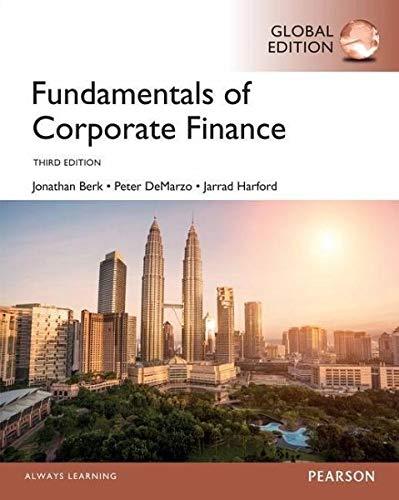Question
case of Riddle v. Harmon in the textbook, and study Table 11.2 in the textbook before attempting this discussion. Study the facts: A, B, C,
case of Riddle v. Harmon in the textbook, and study Table 11.2 in the textbook before attempting this discussion.
Study the facts:
A, B, C, and D purchased Blackacre as joint tenants. B conveyed Bs share to F and H, two unmarried people. A deededAs share from herself as a joint tenant to herself as a tenant in common. C willed Cs share to G. Two days later, C died,survived by K. D conveyed Ds share to E. K and E got married. A willed As share to J. K and E purchased Fs share. H conveyed Hs share to L and M as joint tenants. K sold Ks share to N. K died two days later. L died three days later.
Who owns Blackacre and in what form of concurrent ownership and why? Discuss.
Because of the complexity of this logic game, a lot of help is provided for you in the video and the diagram on page 2. You can organize the answer any way you like as long as it is clear and easy to follow. One way is to discuss the change(s) in ownership one transaction at a time. Read one sentence of facts, discuss the legal ramifications, then go on to the next sentence.When you discuss each change in ownership, explain the why by stating what the law is. For example, John deeded his interest in Greenacre to himself thereby causing a severance of the joint tenancy he held with the other owners because in California there is no need for a strawman as held in the case of Riddle v. Harmon.
Step by Step Solution
There are 3 Steps involved in it
Step: 1

Get Instant Access to Expert-Tailored Solutions
See step-by-step solutions with expert insights and AI powered tools for academic success
Step: 2

Step: 3

Ace Your Homework with AI
Get the answers you need in no time with our AI-driven, step-by-step assistance
Get Started


